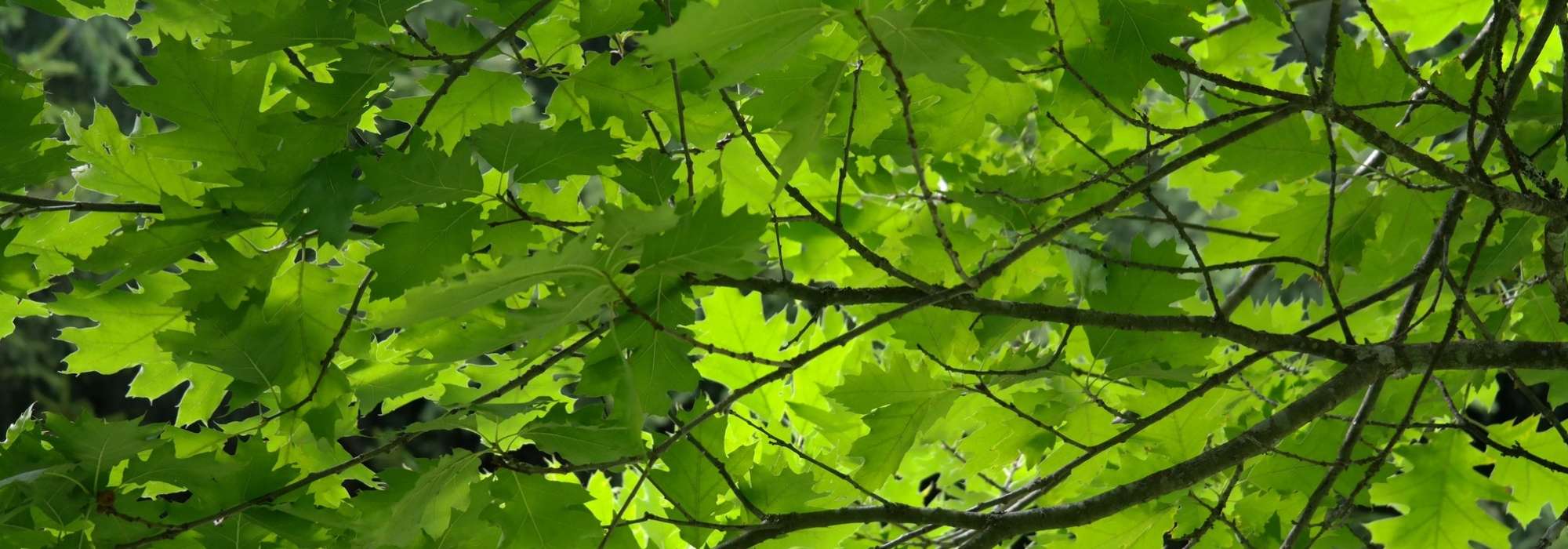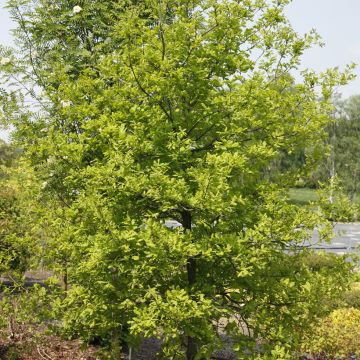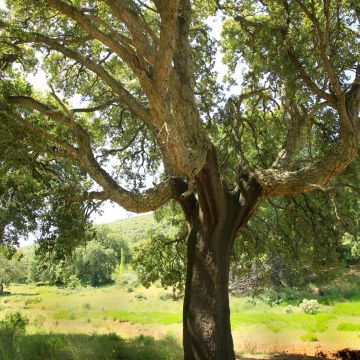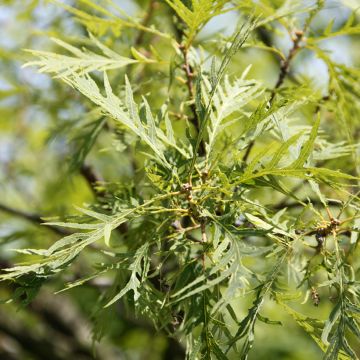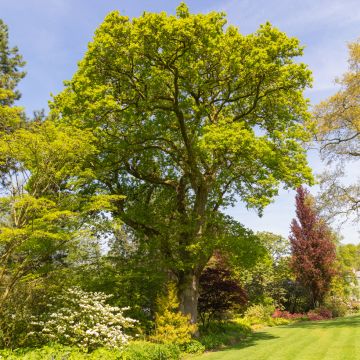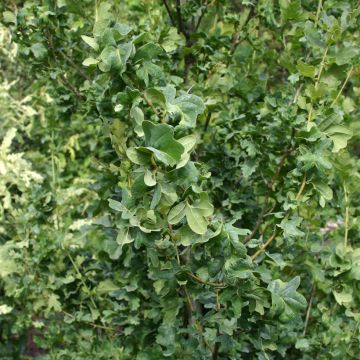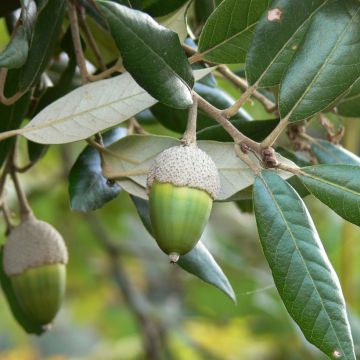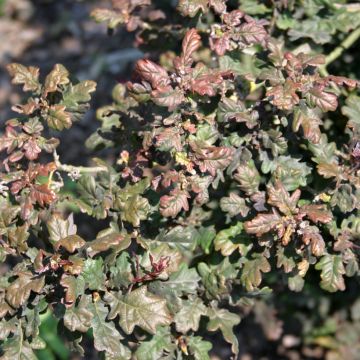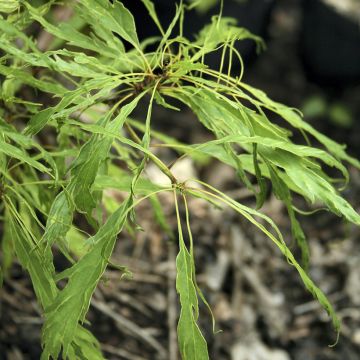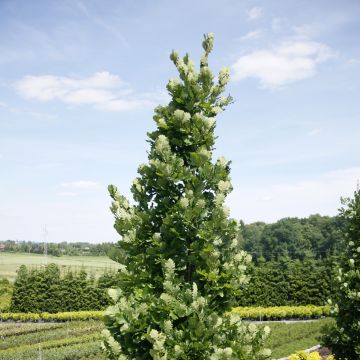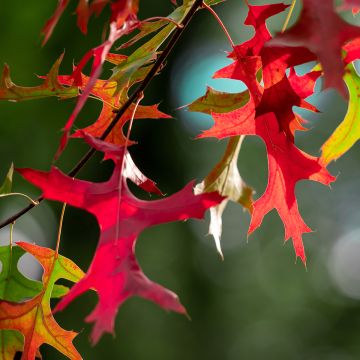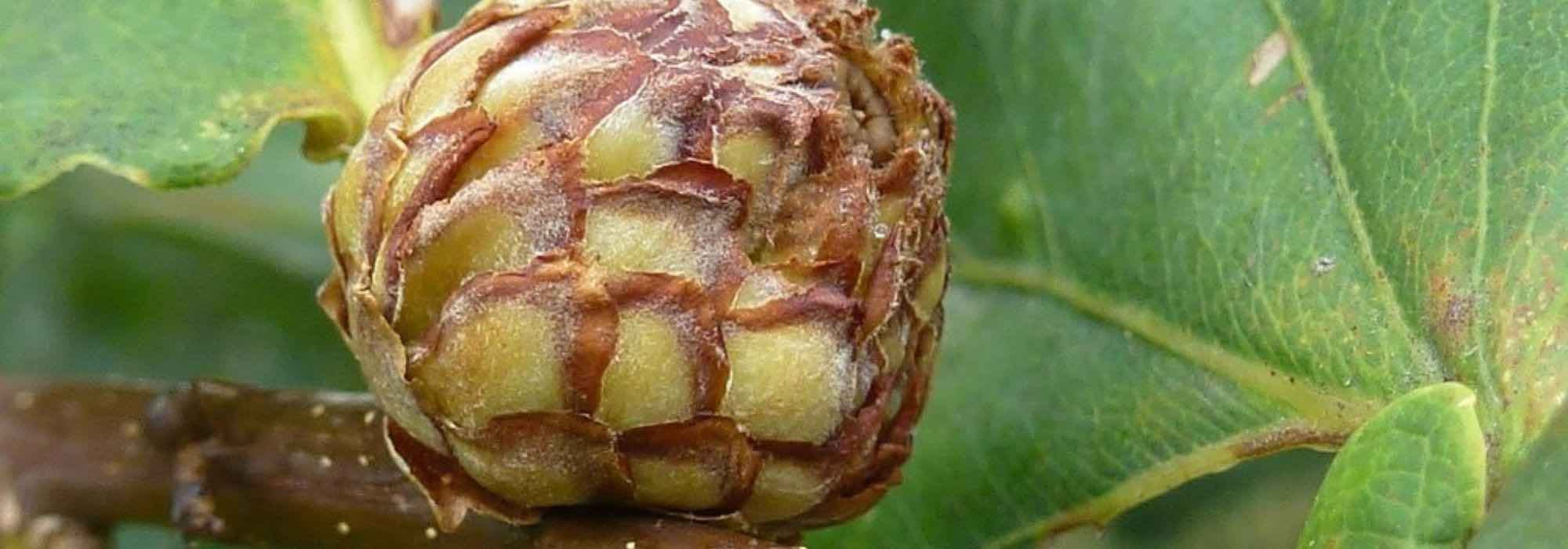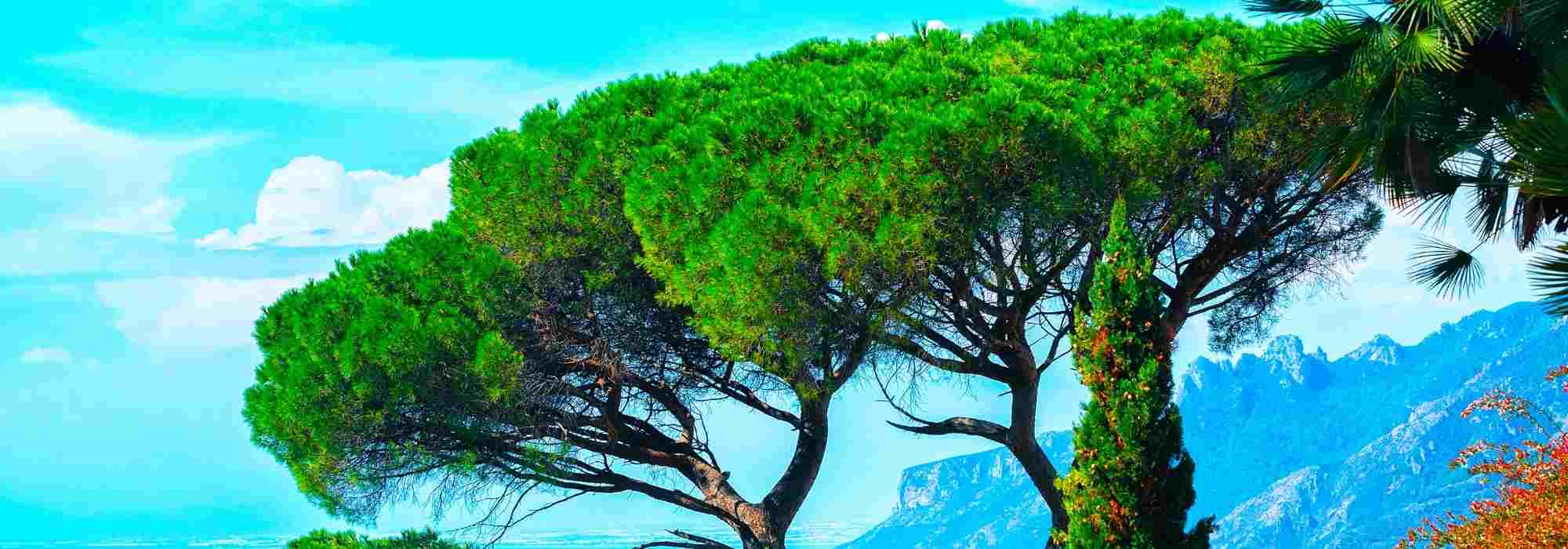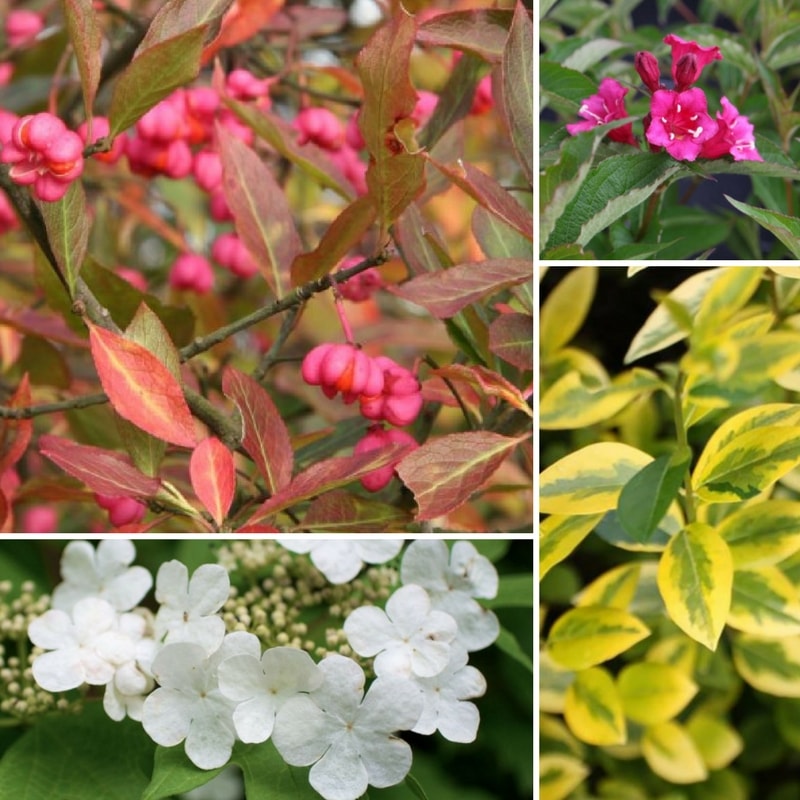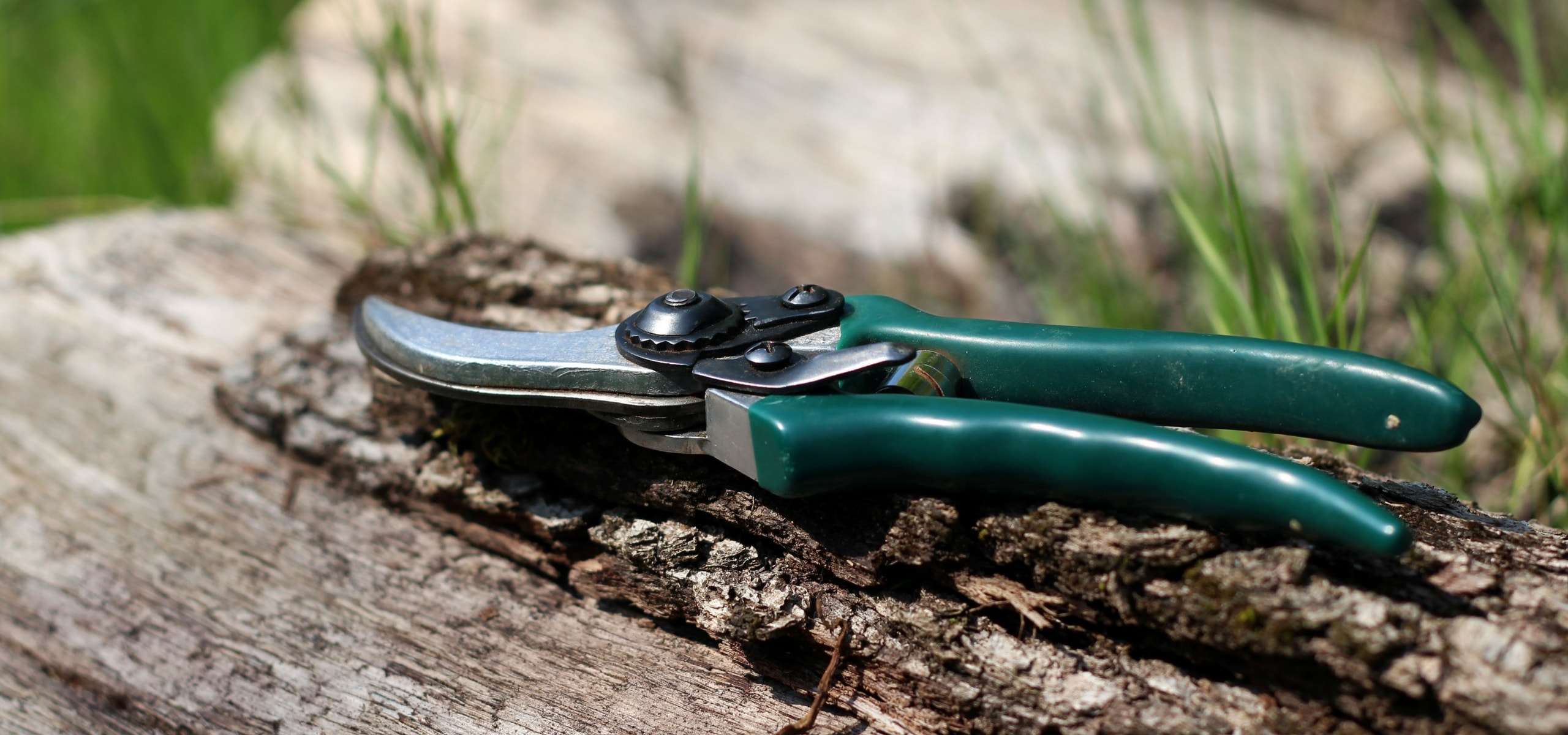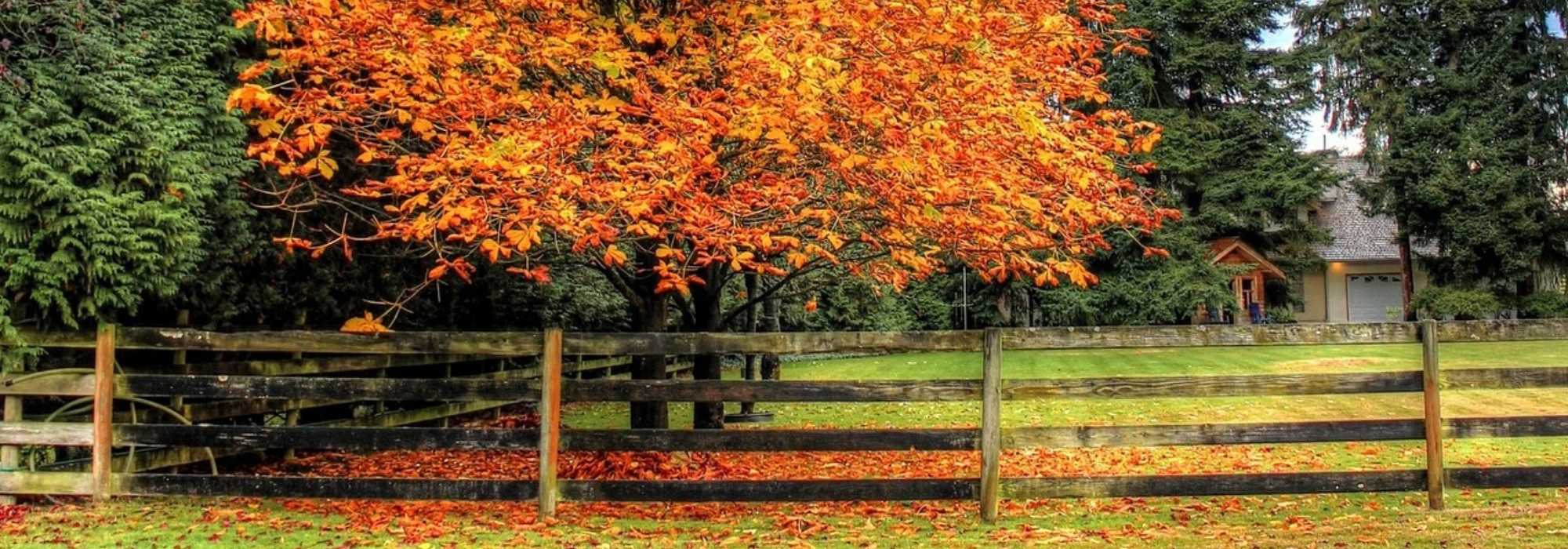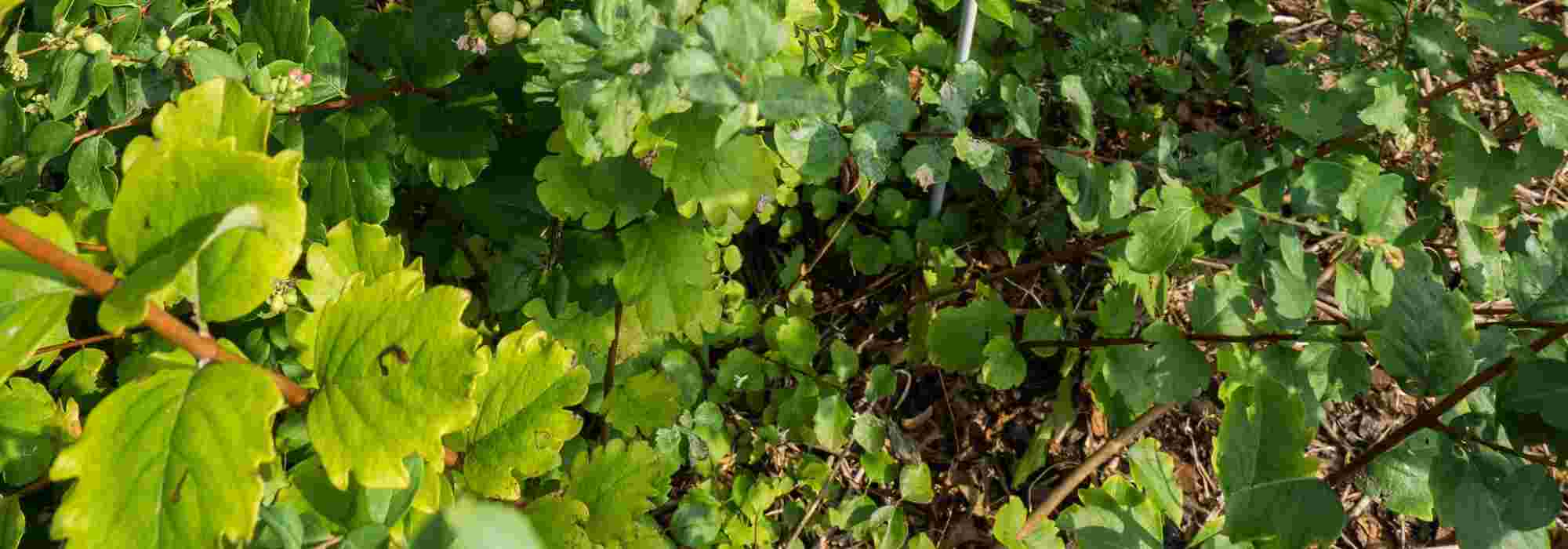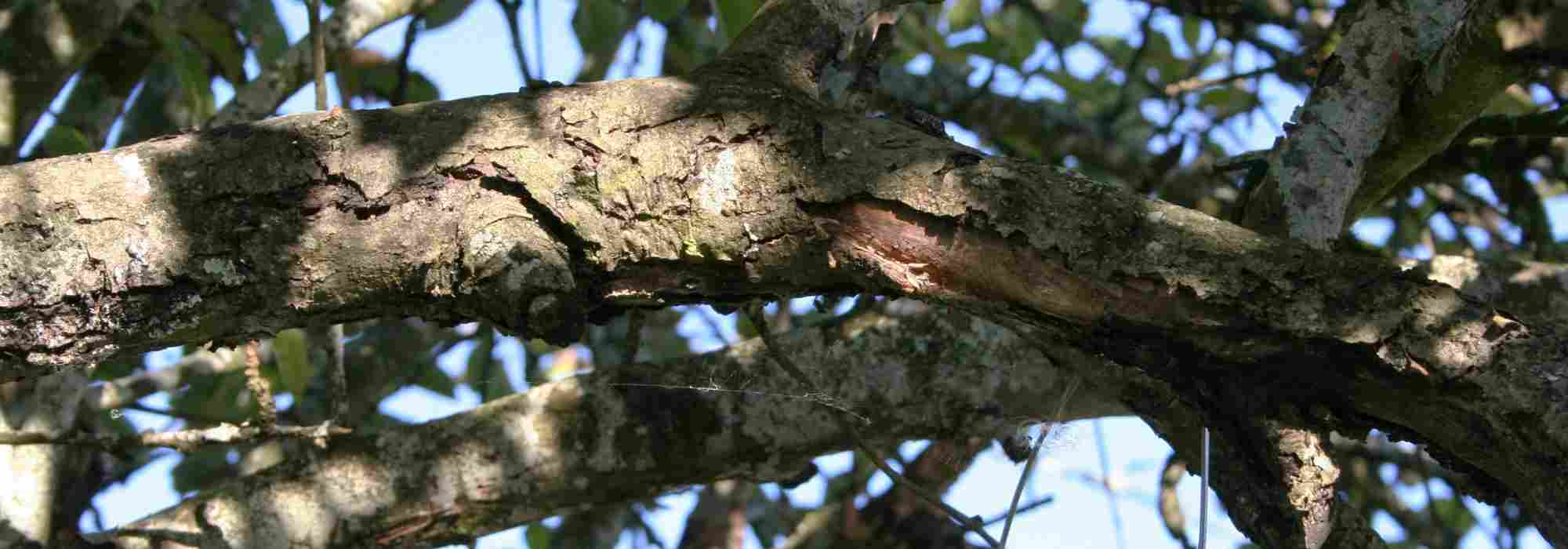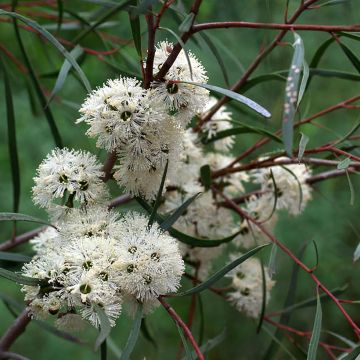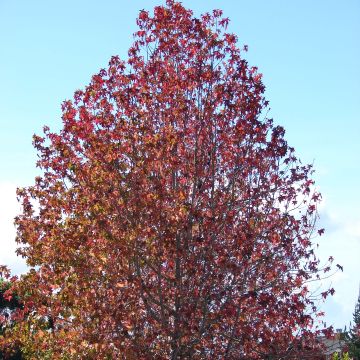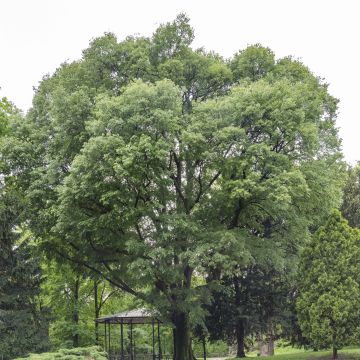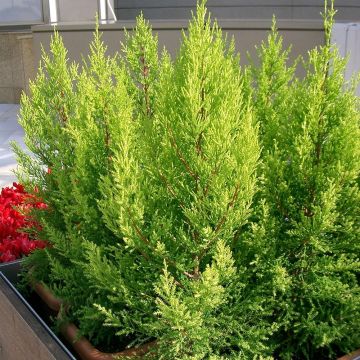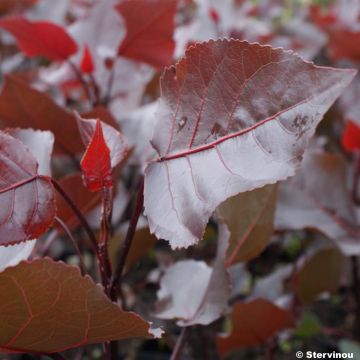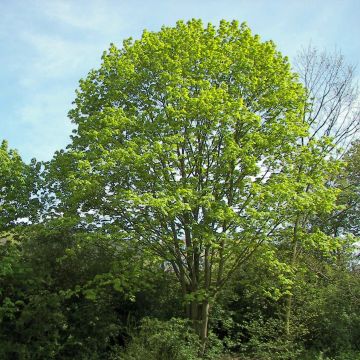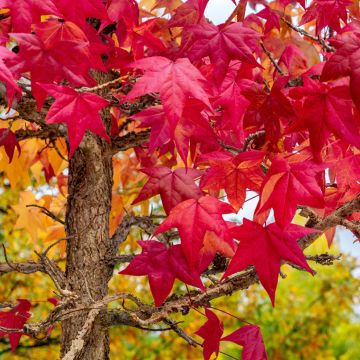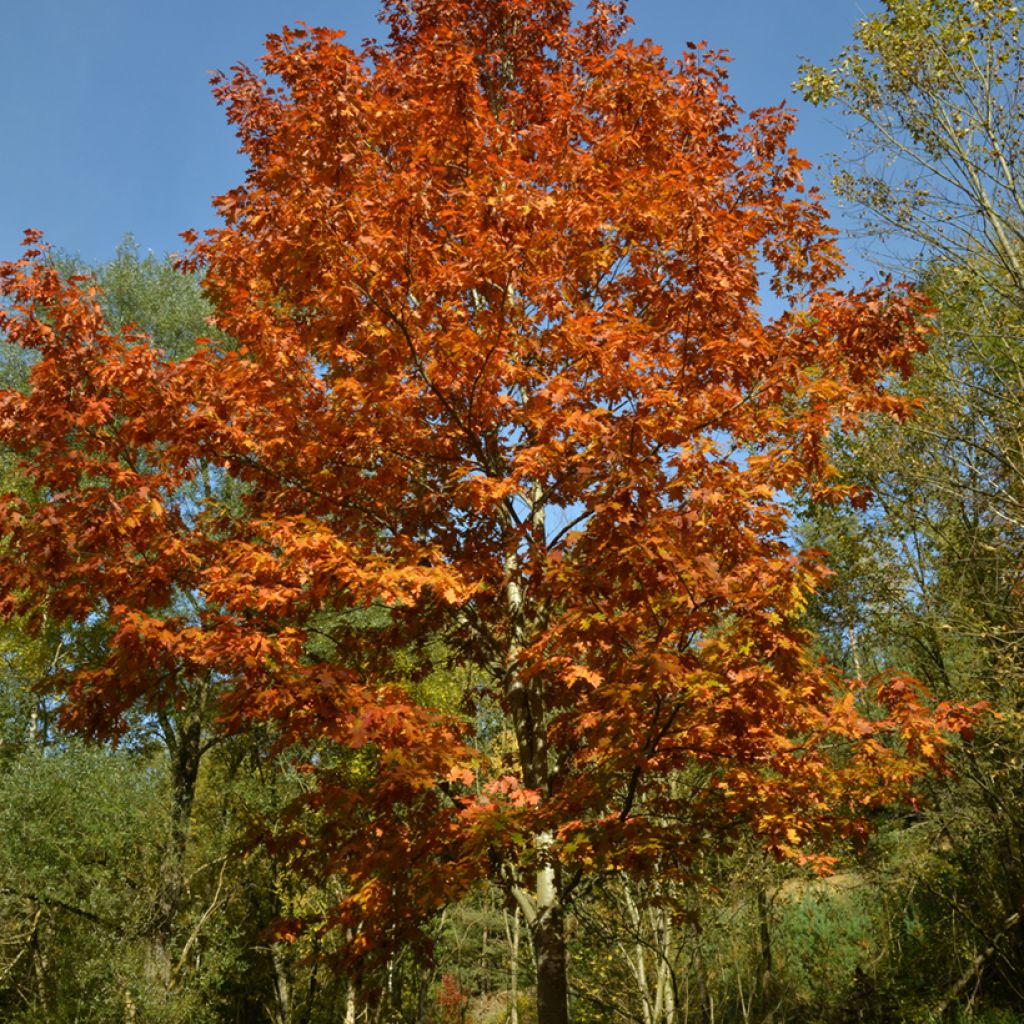

Quercus rubra - Red Oak
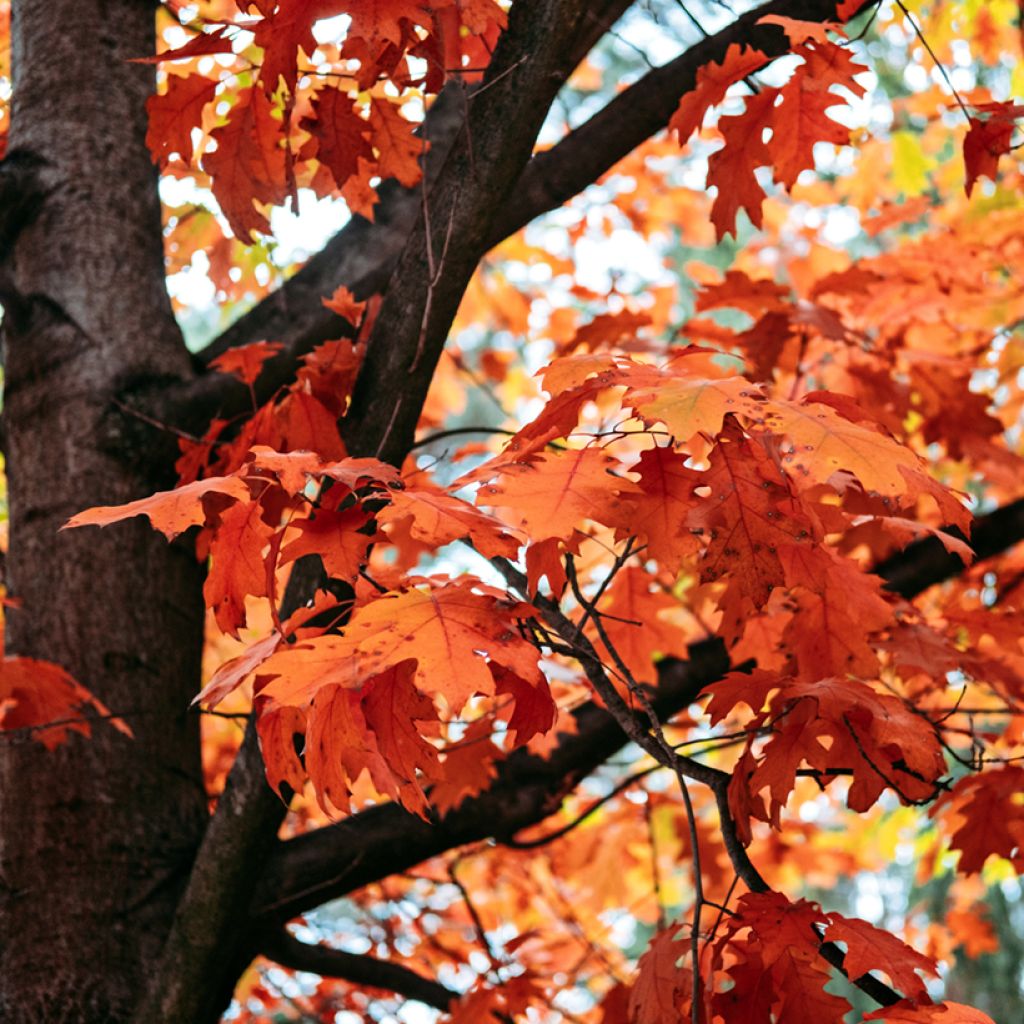

Quercus rubra - Red Oak
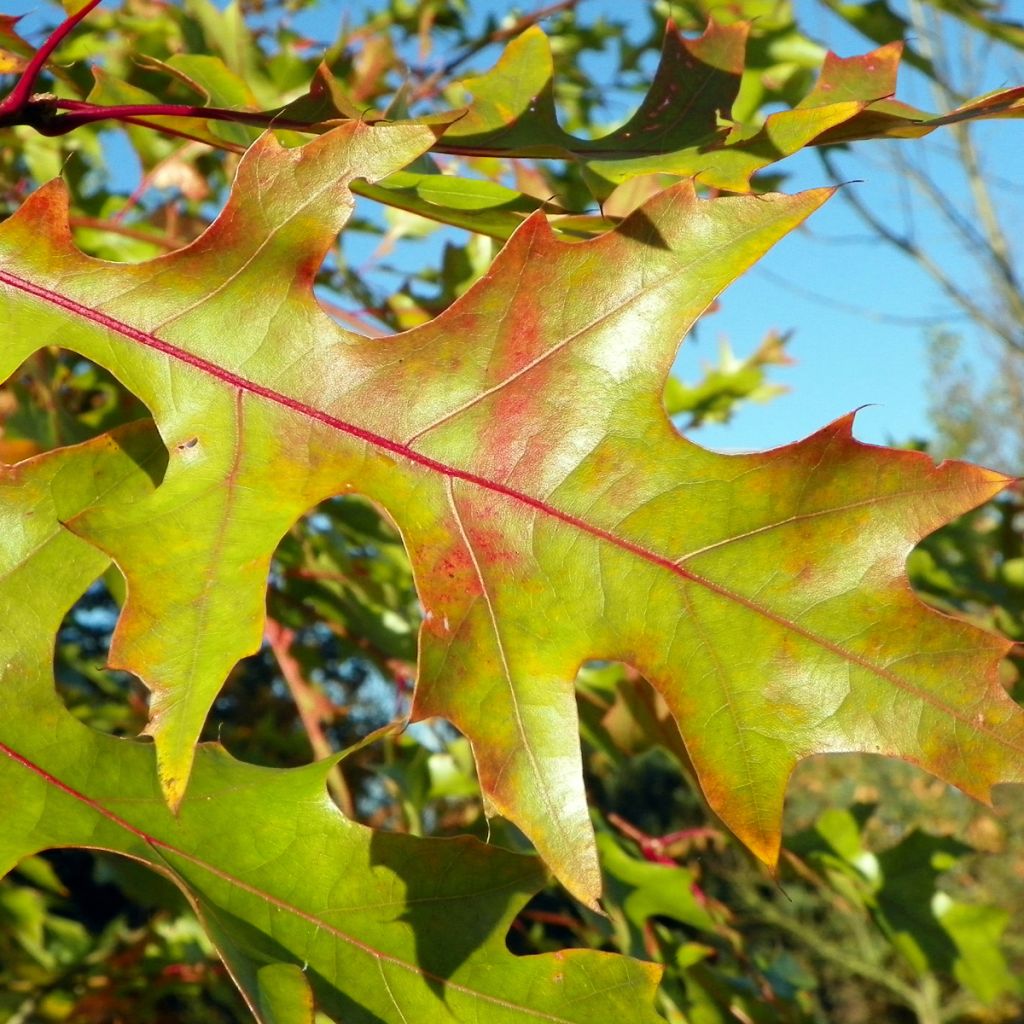

Quercus rubra - Red Oak
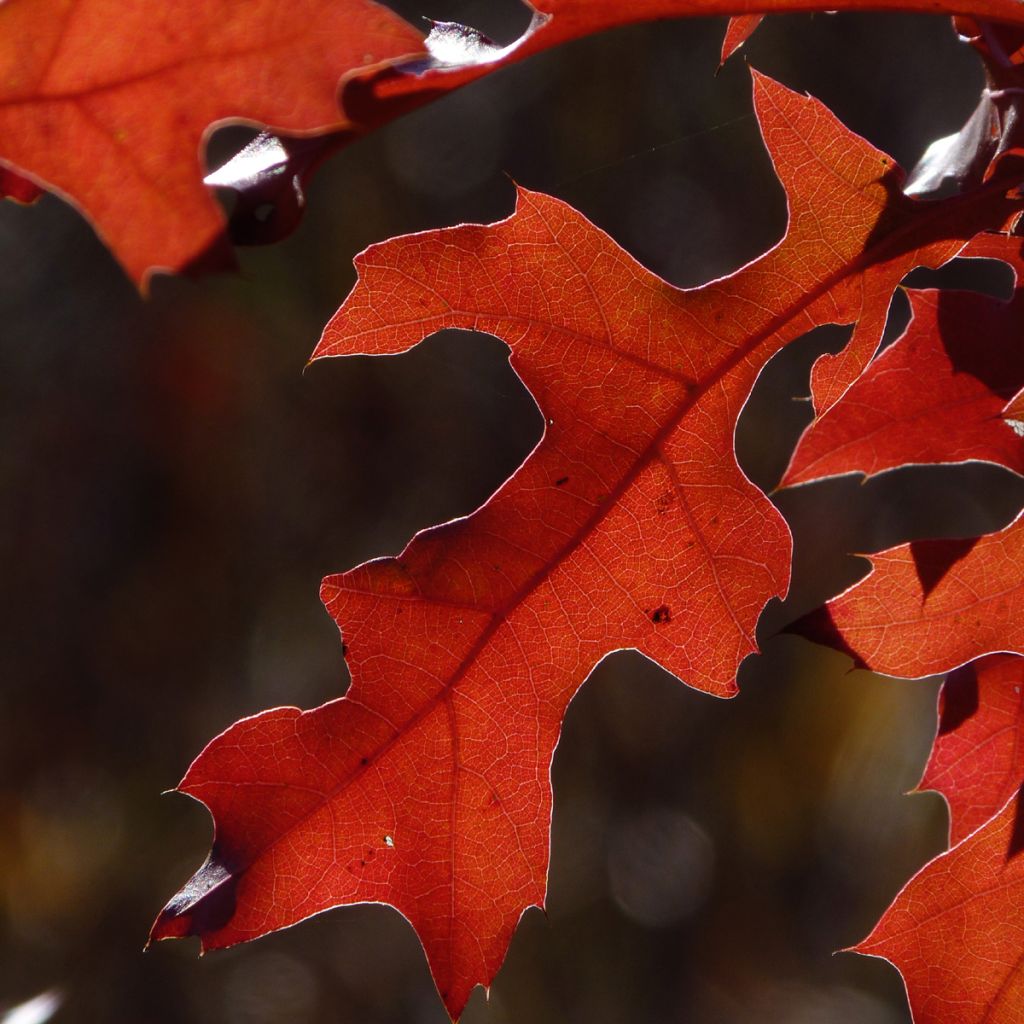

Quercus rubra - Red Oak
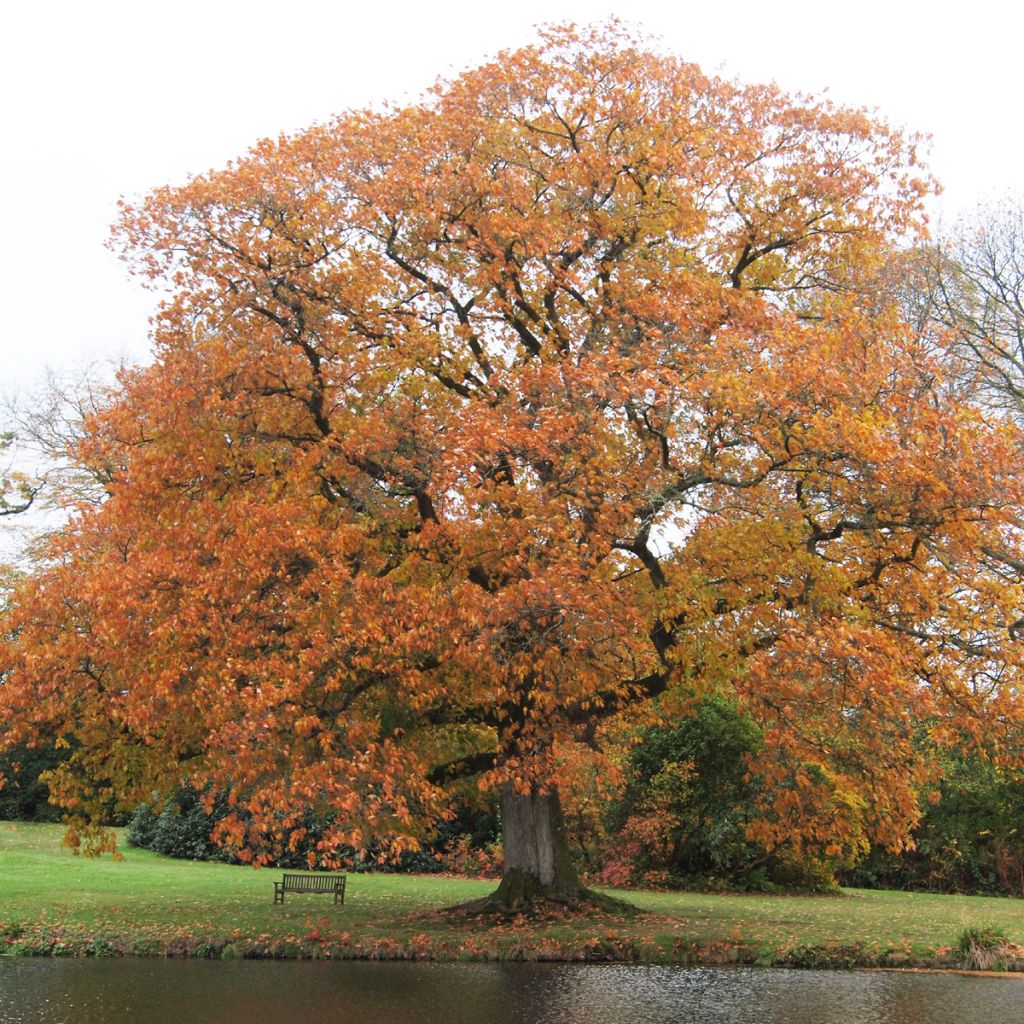

Quercus rubra - Red Oak
Quercus rubra - Red Oak
Quercus rubra
Red Oak
Red Oak delivered bare root but not even in a plastic bag. The root ball is completely DRY. Big doubts about its recovery. Soaking it, hoping for its future growth.
JV Patate, 20/02/2025
Special offer!
Receive a €20 voucher for any order over €90 (excluding delivery costs, credit notes, and plastic-free options)!
1- Add your favorite plants to your cart.
2- Once you have reached €90, confirm your order (you can even choose the delivery date!).
3- As soon as your order is shipped, you will receive an email containing your voucher code, valid for 3 months (90 days).
Your voucher is unique and can only be used once, for any order with a minimum value of €20, excluding delivery costs.
Can be combined with other current offers, non-divisible and non-refundable.
Home or relay delivery (depending on size and destination)
Schedule delivery date,
and select date in basket
This plant carries a 24 months recovery warranty
More information
We guarantee the quality of our plants for a full growing cycle, and will replace at our expense any plant that fails to recover under normal climatic and planting conditions.
Would this plant suit my garden?
Set up your Plantfit profile →
Description
The Quercus rubra, also known as the American red oak, is a large semi-deciduous forest tree for sizeable spaces. With a legendary longevity and unrivalled hardiness, you will be charmed by its noble silhouette and sumptuous vermilion red autumn foliage. It belongs to the Fagaceae family. Native to northeastern America, it was introduced in Europe as early as 1724 to repopulate the forests as its record growth (between 20 and 30 metres (65 feet 7 inches and 98 feet 5 inches) in height at maturity made it more attractive than the European oak at the time. This plant record should however not detract from its classical beauty, in particular its symmetrical pyramidal habit, straight trunk, well-developed crown, and massive upright branches covered with large leaves measuring between 12 and 22 cm (4.7 and 8.7 in) long. It also offers a unique palette of warm shades (autumn vermilion foliage, red-brown branches, and acorns and small female flowers in April-May) against the subdued mousy grey of its bark. The hardy American red oak thrives in any type of soil including clay, as long as it is deep. It will withstand drought and the most extreme temperature variations, from the sharpest cold to scorching heat, provided that it is exposed to the sun. This tree of character can boldly be combined with other leafy trees (maple, ash, lime), while small flowering bushes and perennials will provide a bucolic undergrowth to this majestic ensemble. We recommend camellias, mollis azaleas, pieris, andromeda, crinidendron, daphnes, kalmias, hydrangeas, Kirengeshoma palmata and other foxgloves.
Warning: we recommend that you plant far enough away from your home due to the power of its root system.
Quercus rubra - Red Oak in pictures
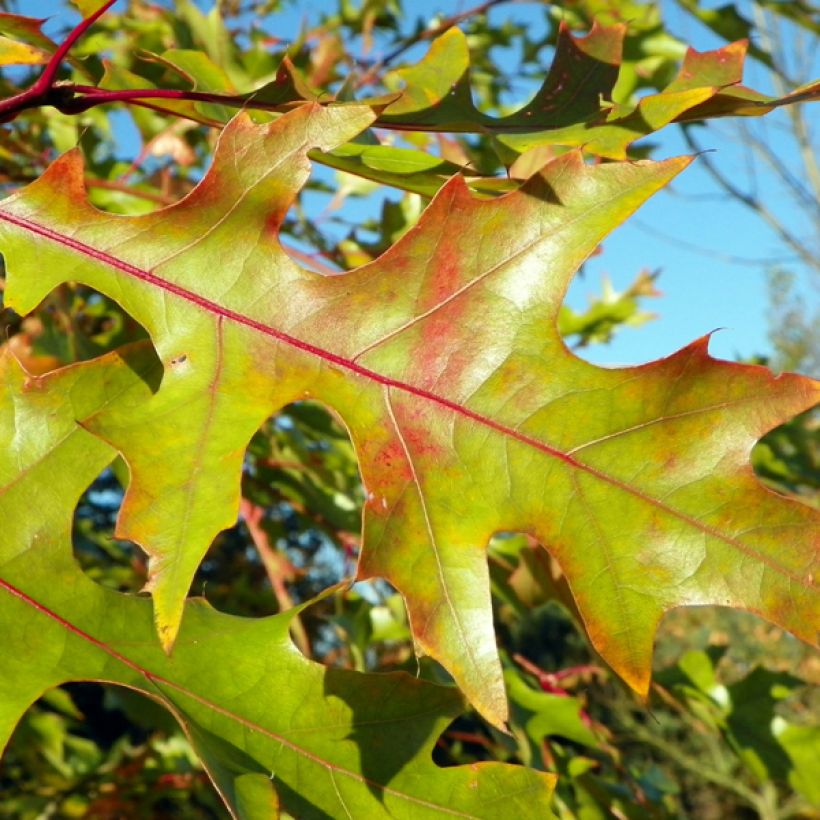

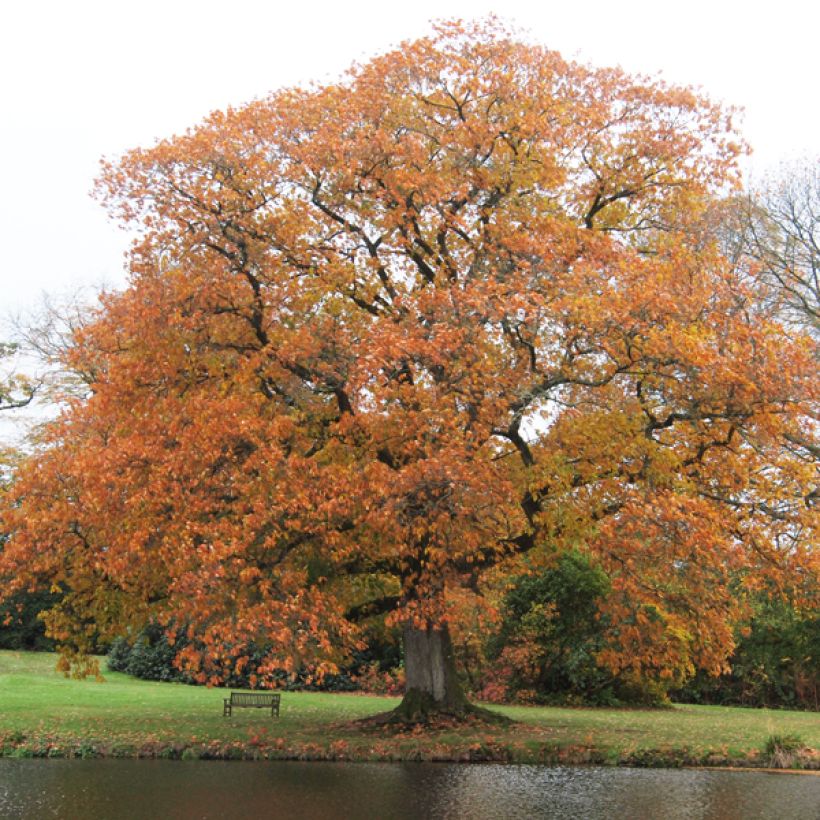

Plant habit
Flowering
Foliage
Botanical data
Quercus
rubra
Fagaceae
Red Oak
Cultivar or hybrid
Other Oak
View all →Planting and care
This very hardy American red oak will thrive in all types of soil, even clayey, provided that it is deep. It will withstand drought and the most extreme temperature variations, from sharp cold to scorching heat, so long as it is exposed to the sun. We recommend that you plant it far enough away from your dwelling as its root system is powerful.
Planting period
Intended location
Care
Planting & care advice
-
, onOrder confirmed
Reply from on Promesse de fleurs
Similar products
Haven't found what you were looking for?
Hardiness is the lowest winter temperature a plant can endure without suffering serious damage or even dying. However, hardiness is affected by location (a sheltered area, such as a patio), protection (winter cover) and soil type (hardiness is improved by well-drained soil).

Photo Sharing Terms & Conditions
In order to encourage gardeners to interact and share their experiences, Promesse de fleurs offers various media enabling content to be uploaded onto its Site - in particular via the ‘Photo sharing’ module.
The User agrees to refrain from:
- Posting any content that is illegal, prejudicial, insulting, racist, inciteful to hatred, revisionist, contrary to public decency, that infringes on privacy or on the privacy rights of third parties, in particular the publicity rights of persons and goods, intellectual property rights, or the right to privacy.
- Submitting content on behalf of a third party;
- Impersonate the identity of a third party and/or publish any personal information about a third party;
In general, the User undertakes to refrain from any unethical behaviour.
All Content (in particular text, comments, files, images, photos, videos, creative works, etc.), which may be subject to property or intellectual property rights, image or other private rights, shall remain the property of the User, subject to the limited rights granted by the terms of the licence granted by Promesse de fleurs as stated below. Users are at liberty to publish or not to publish such Content on the Site, notably via the ‘Photo Sharing’ facility, and accept that this Content shall be made public and freely accessible, notably on the Internet.
Users further acknowledge, undertake to have ,and guarantee that they hold all necessary rights and permissions to publish such material on the Site, in particular with regard to the legislation in force pertaining to any privacy, property, intellectual property, image, or contractual rights, or rights of any other nature. By publishing such Content on the Site, Users acknowledge accepting full liability as publishers of the Content within the meaning of the law, and grant Promesse de fleurs, free of charge, an inclusive, worldwide licence for the said Content for the entire duration of its publication, including all reproduction, representation, up/downloading, displaying, performing, transmission, and storage rights.
Users also grant permission for their name to be linked to the Content and accept that this link may not always be made available.
By engaging in posting material, Users consent to their Content becoming automatically accessible on the Internet, in particular on other sites and/or blogs and/or web pages of the Promesse de fleurs site, including in particular social pages and the Promesse de fleurs catalogue.
Users may secure the removal of entrusted content free of charge by issuing a simple request via our contact form.
The flowering period indicated on our website applies to countries and regions located in USDA zone 8 (France, the United Kingdom, Ireland, the Netherlands, etc.)
It will vary according to where you live:
- In zones 9 to 10 (Italy, Spain, Greece, etc.), flowering will occur about 2 to 4 weeks earlier.
- In zones 6 to 7 (Germany, Poland, Slovenia, and lower mountainous regions), flowering will be delayed by 2 to 3 weeks.
- In zone 5 (Central Europe, Scandinavia), blooming will be delayed by 3 to 5 weeks.
In temperate climates, pruning of spring-flowering shrubs (forsythia, spireas, etc.) should be done just after flowering.
Pruning of summer-flowering shrubs (Indian Lilac, Perovskia, etc.) can be done in winter or spring.
In cold regions as well as with frost-sensitive plants, avoid pruning too early when severe frosts may still occur.
The planting period indicated on our website applies to countries and regions located in USDA zone 8 (France, United Kingdom, Ireland, Netherlands).
It will vary according to where you live:
- In Mediterranean zones (Marseille, Madrid, Milan, etc.), autumn and winter are the best planting periods.
- In continental zones (Strasbourg, Munich, Vienna, etc.), delay planting by 2 to 3 weeks in spring and bring it forward by 2 to 4 weeks in autumn.
- In mountainous regions (the Alps, Pyrenees, Carpathians, etc.), it is best to plant in late spring (May-June) or late summer (August-September).
The harvesting period indicated on our website applies to countries and regions in USDA zone 8 (France, England, Ireland, the Netherlands).
In colder areas (Scandinavia, Poland, Austria...) fruit and vegetable harvests are likely to be delayed by 3-4 weeks.
In warmer areas (Italy, Spain, Greece, etc.), harvesting will probably take place earlier, depending on weather conditions.
The sowing periods indicated on our website apply to countries and regions within USDA Zone 8 (France, UK, Ireland, Netherlands).
In colder areas (Scandinavia, Poland, Austria...), delay any outdoor sowing by 3-4 weeks, or sow under glass.
In warmer climes (Italy, Spain, Greece, etc.), bring outdoor sowing forward by a few weeks.






























